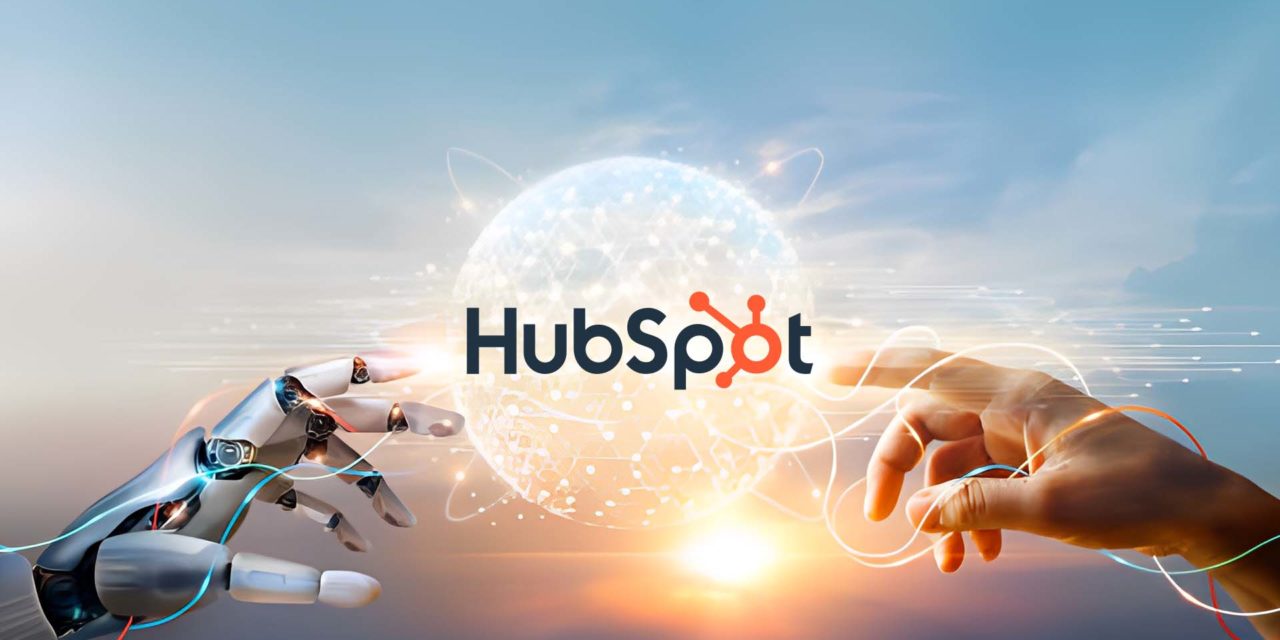Kat Warboys, HubSpot’s Marketing Director for Asia Pacific, shares six key trends that marketers in the region need to be aware of in the coming year.
Research from Temasek, Google, and Bain has forecasted the continued growth of Southeast Asia’s (SEA) booming digital economy, which remains on track to hit US$100 billion in revenue by the end of 2023 despite global headwinds.
With the research also pointing to significant strides in digital inclusion, it stands to reason that the number of digital consumers across the region will rise, inevitably leading to an evolution of customer expectations when it comes to brand interactions and engagement.

The impact of these evolving expectations has become apparent over the past year. HubSpot data points to a crisis of disconnection between brands and consumers today; in major digital-first economies such as Singapore, nearly 9 in 10 business leaders shared that it has become harder to reach prospects in 2023 as compared to the previous year. More than 8 in 10 are also dealing with slowing growth, with previously effective strategies showing declining returns.
It is clear that with customer expectations set at levels beyond competitive pricing and quality of product, a new playbook for marketing is needed. Drawing from first hand HubSpot research on 2024 marketing trends and observations across its SEA operations, here are predictions from Kat Warboys, HubSpot’s Marketing Director for Asia Pacific, on the key trends that marketers in the region need to be aware of as teams work towards success in the coming year.
-
AI becoming the ultimate marketing assistant
Artificial Intelligence (AI) has become the buzzword of 2023, with investments in the technology on the rise within Asia Pacific.
We expect adoption of AI to continue in 2024 within SEA, where the region’s companies are poised to invest 67% more in AI and machine learning (ML) in 2023 than the previous year according to a report from Dataiku. We have observed marketers in SEA increasingly viewing AI as an assistant that augments their ability to better manage day-to-day tasks. This is especially true for generative AI applications, which helps marketers develop higher-quality, personalised content that resonates better with audiences, all at a quicker pace. These sentiments are reflected in a HubSpot study, where content creation emerged as the top use case for generative AI among 89% of marketers in the region’s business hub of Singapore.
Another leading use case for AI is automating labour-intensive work. HubSpot found that marketers spend an average of five hours a day – more than half their workday – on low-impact tasks such as keyword research, data cleanup, formatting content, reporting and analytics, all of which can be automated by Generative AI tools. Time-intensive tasks that are part of the creative process such as digital asset management, file tagging, file naming, as well as content creation can also be managed by Generative AI. This frees up valuable time and energy for marketers to focus on more meaningful work like project execution and creative brainstorming. Most importantly, it empowers marketers with the time and data-backed insights needed to genuinely connect with customers, and work with them to identify and solve complex customer challenges.
However, significant barriers to adoption remain. 35% of Singapore marketers participating in a HubSpot study are facing the challenges of not knowing how or where to begin with generative AI tools, highlighting the need for training and development among marketers. Other common concerns we have observed involve the potential of AI-generated content to harm brand reputation due to plagiarism or misalignment with brand values.
We expect these concerns to be overcome as companies hire AI implementation experts, marketers become more comfortable using AI, and as AI tools strengthen fact-checking capabilities. Part of these efforts are expected to be led by the government. For instance, Singapore recently unveiled its updated National AI Strategy, a blueprint for the country that focuses on preparing the economy to embrace and utilise AI, with other major SEA economies also having similar initiatives in place.
-
Social commerce to register outsized gains
SEA is home to some of the world’s most avid social media users. According to GWI, the region’s social media users spend approximately three hours each day on these platforms, exceeding the global average by about 35 minutes.
Marketers in SEA are leveraging social media platforms to reach customers and prospects, elevating social commerce to become the best performing marketing channel in terms of ROI. This trend is expected to continue into 2024 and will see the most growth with marketers investing heavily into influencer partnerships, social selling tools, and offering customer service through direct messages on social platforms to create frictionless, in-app, shopping experiences.
-
Short form video to reign supreme
However, not all platforms or formats are created equal. While Facebook remains the most used platform, we anticipate that video-centric platforms like TikTok, Instagram, and YouTube will register the most growth in 2024. This continues a trend observed among SEA’s social media users in recent years where social media videos contribute significantly to online discovery. HubSpot research has found short-form video to offer the highest ROI when it comes to social media marketing, and is thus likely to continue to be the preferred format for marketers looking to engage the region’s digital-first audience.
-
Influencers positively impacting purchase decisions
According to Milieu Insight, more than half of Southeast Asians follow influencers on social media, laying a robust foundation for influencer marketing. In fact, a Cube Asia survey indicated that 82% of respondents from SEA felt that their purchasing decisions were being influenced by recommendations from influencers or celebrities.
Marketers in SEA will continue to collaborate with influencers in 2024, with micro-influencers likely to be the most popular. While influencer content does not always directly translate to conversion, having a product or service promoted by influencers can aid significantly with brand awareness, keeping customers and prospects familiar with your brand. Working with micro-influencers is not only less expensive in most cases, but can also facilitate access to tight-knit, engaged, and loyal communities – essential in the age of customer disconnection.
-
Social media and first-party data are key following Google’s third-party cookie phaseout
Marketers in SEA will turn to social media targeting and first-party data to reach their audience in response to Google’s third-party cookie phaseout. While the focus on data privacy and growing volume of related regulations across SEA necessitated adjustments of marketing strategies in 2023, Google’s phaseout of third-party cookies will arguably have the largest impact, with a considerable number of marketing activities traditionally relying on these cookies.
Marketers will explore alternatives to third-party cookies in 2024, with social media targeting and first-party data likely to become the most popular solutions. Complemented by AI content development capabilities, first-party data will also enable marketers to create personalised content tailored to their target audience, greatly improving the customer experience, relevance, and potentially conversion rates.
-
A single source of truth will be essential for marketers
Teams often leverage a variety of disparate platforms in their work that don’t integrate well with each other, leading to siloed data and workflows. This makes information sharing and collaboration across teams highly complex, becoming a key cause of disconnection between marketers and their customers or prospects, and often stands in the way of sales/marketing alignment. And this challenge will inevitably become increasingly prevalent as SEA’s economies digitalise.
HubSpot surveyed marketers in Singapore in 2023, where more than 8 in 10 industry professionals shared that disconnected data and systems have become obstacles to success. Key challenges span insufficient data, or too much data that remains inaccessible due to siloed systems, impacting their ability to retrieve quality insights.
The rapid adoption of digital products and services in SEA creates an opportunity for marketers to gain deeper insight into their customers with data obtained at each digital touchpoint across the end-to-end customer journey. Thus, we foresee marketers will increasingly work towards integrating data with tools such as Customer Relationship Management (CRM) platforms, enabling them to collect, store, and manage customer data. From a workflow perspective, creating a single source of truth helps boost alignment and collaboration across teams, forecast future sales, and automate marketing and sales processes where relevant. Marketers with connected tools and data, especially when augmented by AI capabilities, are more likely to be strongly aligned with their sales team and customers, and thus successfully achieve their marketing goals.
Warboys concluded: “The dynamic nature of the marketing space is constantly challenging marketers to stay informed, adaptable, and open to embracing new strategies and technologies. As 2024 beckons, the most successful marketers will be those able to keep pace, or even stay ahead, with these trends, incorporating the right technologies and channels into their strategies to target and reach the right customers in today’s digital-first economy.”



















